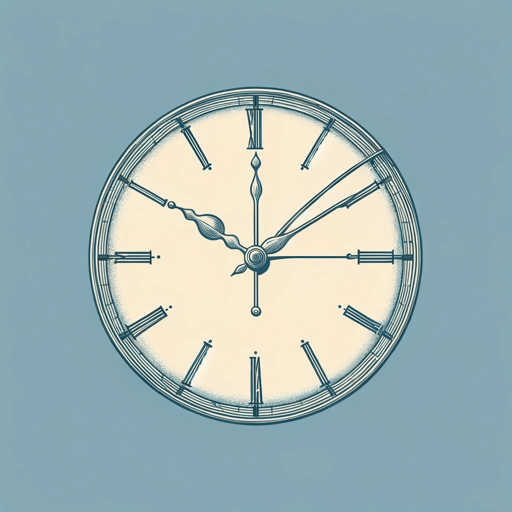18 pages • 36 minutes read
W. H. AudenThe Unknown Citizen
Fiction | Poem | Adult | Published in 1940A modern alternative to SparkNotes and CliffsNotes, SuperSummary offers high-quality Study Guides with detailed chapter summaries and analysis of major themes, characters, and more.
Literary Devices
Form and Meter
“The Unknown Citizen” is a 29-line poem with an additional three-line epitaph placed at its beginning. It is written in the form of an elegy, which is a serious poem that reflects upon the life of a deceased person, usually to laud or lament their loss. While elegies are normally highly poetic and emotional, Auden uses matter-of-fact statements here to create an ironic tone. Overall, the State makes positive statements about “JS/07 M 378,” but the erasure of the man’s individuality creates a feeling of sinister surveillance. Further, the use of first-person plural adds to an assessing tone rather than a lamenting one. A traditional elegy is written in a series of heroic couplets, two rhyming lines of iambic pentameter. Auden does use end rhyme but varies the order of the rhyming, and also adds internal rhyme. His lines also vary in terms of length and meter. There is a rhythmic quality to the poem, but it is not even, and this adds to the impression of underlying dissonance that suggests the State can mimic the poetic spirit of the individual, but it cannot fully appreciate or duplicate it.
Related Titles
By W. H. Auden




